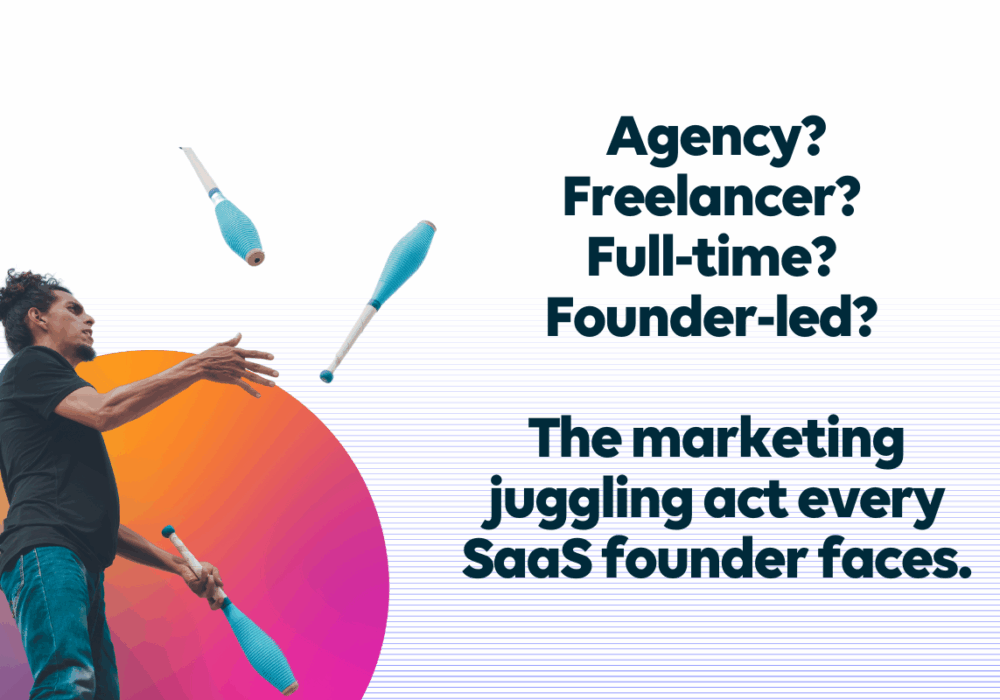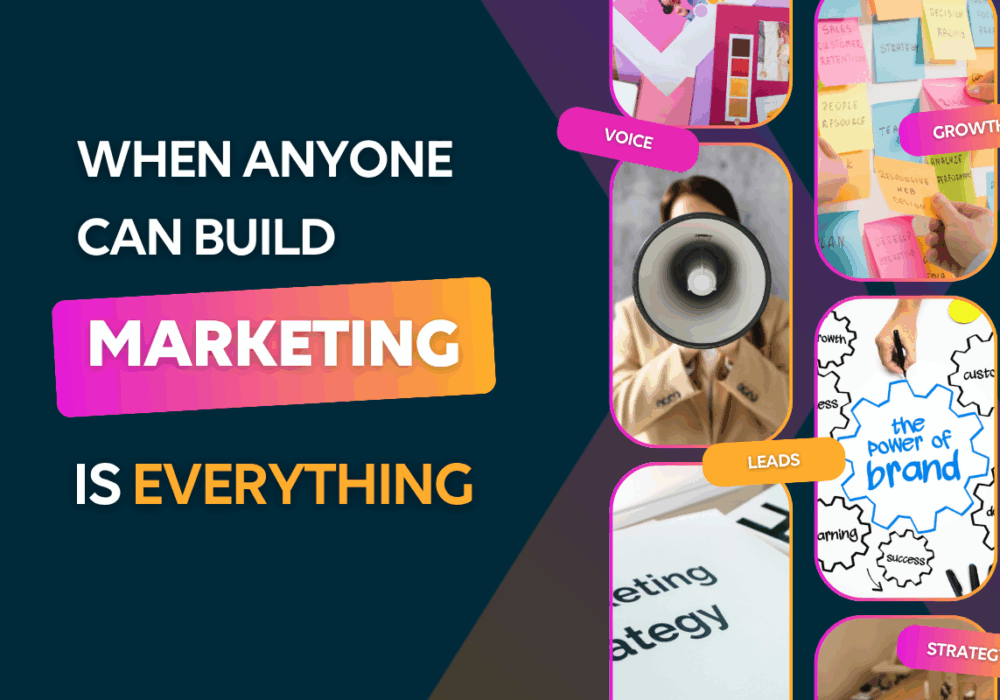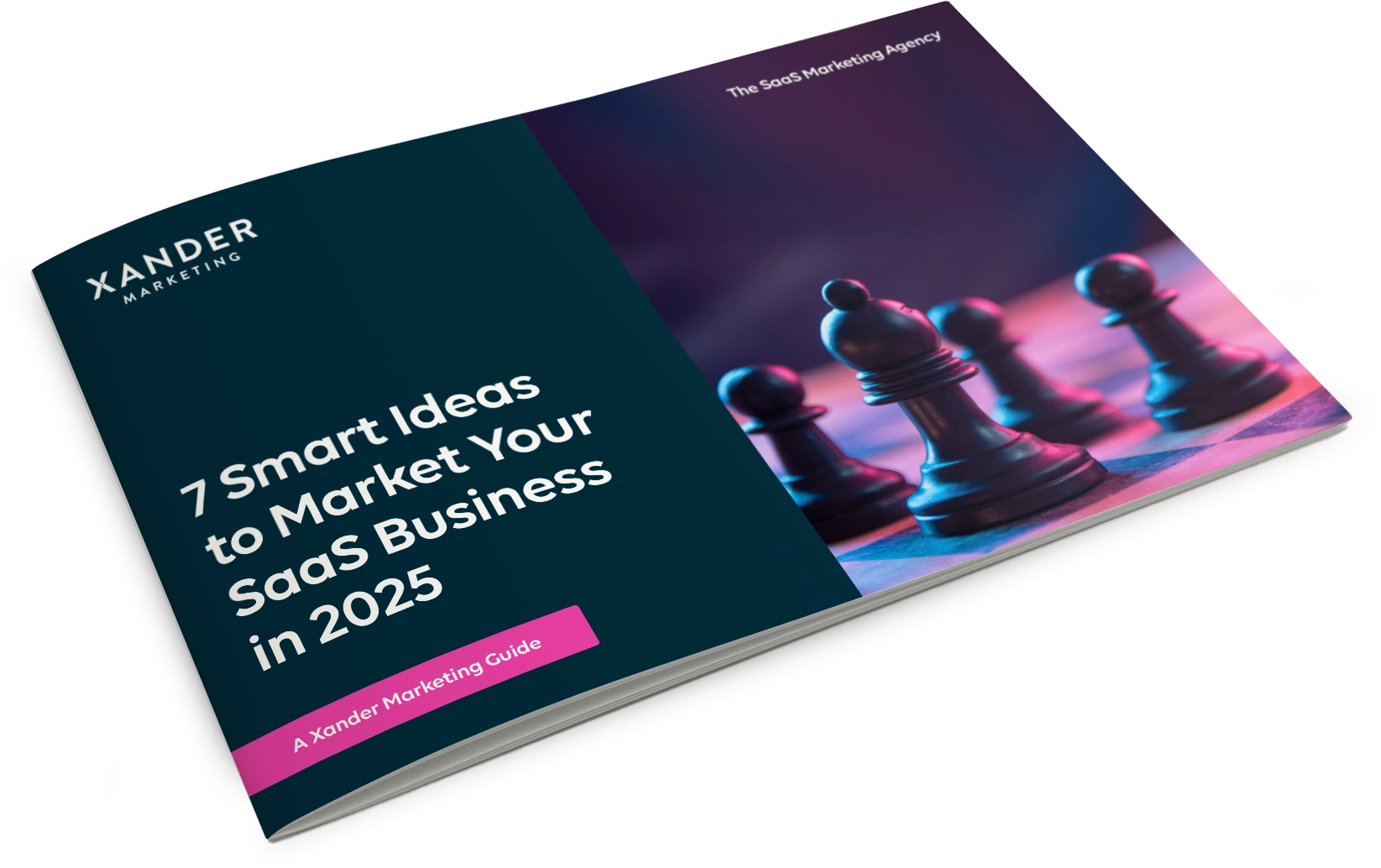How to Map Your SaaS Customer Journey – and Maximise its Potential
17th June 2022
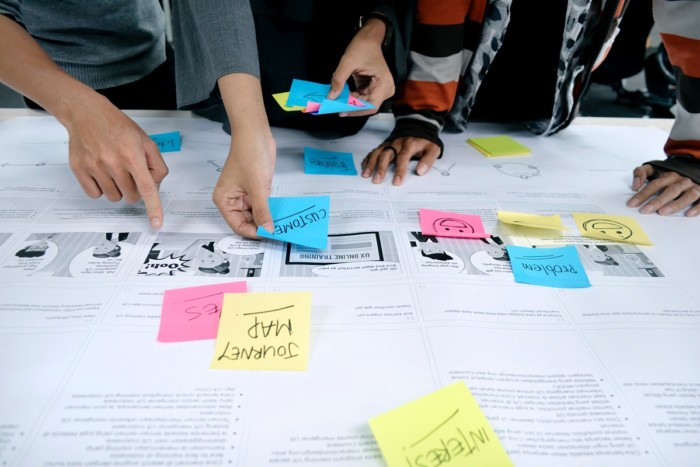
When’s the last time you put yourself in your customers’ shoes and experienced your site and service through their eyes? Doing so could increase customer acquisition, loyalty, retention, and referrals.
According to a 2021 study, 65% of consumers trust a business less when they experience a problem using a website or app. This breakdown of trust can lead potential customers to search elsewhere, and existing clients to consider your competitors.
Visualising your customers’ journey can help you understand where your service falls short, and how to close the gap between their expectations and your offerings.
This is where a simple visual aid can help, enhancing your understanding of the SaaS customer journey and allowing you to exceed client expectations from their first contact with your brand through to purchase and beyond.
Here’s how to create a customer journey map and improve customer relationships from start to finish.
What is a customer journey map?
Your customer journey map is a visual aid to help guide decisions across your business. Like the SaaS sales funnel, it follows the customer experience chronologically from awareness to post-purchase, inputting qualitative information about how customers think, feel and react at each stage.
By building an understanding of these factors that affect customer decisions, you can contrast your current customer experience with your ideal one, and use your customer journey map to guide your audience toward your end goal.
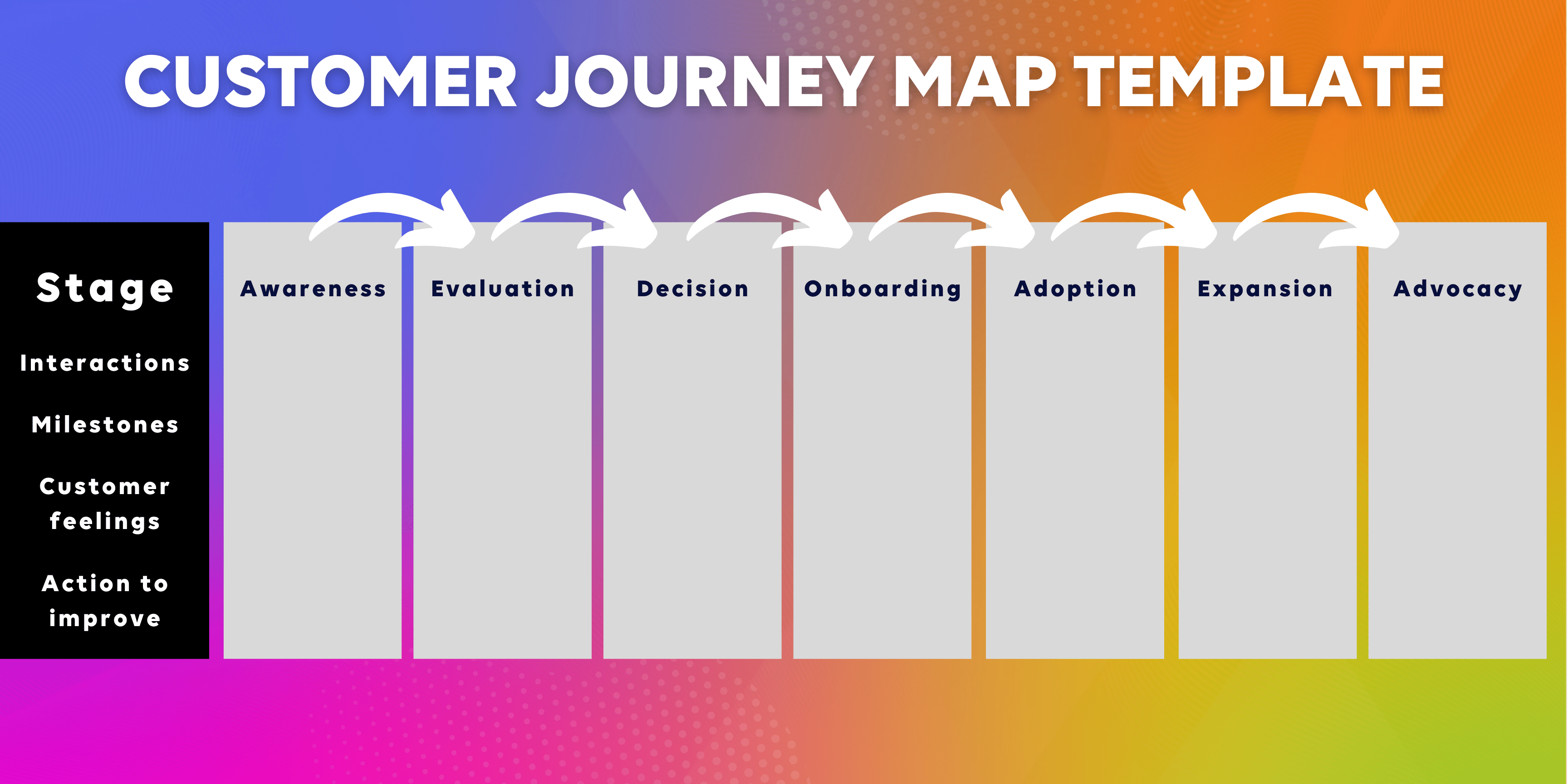
How does it differ for SaaS marketing?
While B2B customer journey mapping is important for all businesses, the B2B SaaS customer journey may look a little different, with onboarding and post-purchase experiences proving especially critical to customer satisfaction and loyalty.
Onboarding
SaaS customer onboarding covers everything from sign-up to product activation to first use. This is your customers’ first direct experience of your service, and any initial frustrations could significantly impact their opinions and experiences going forward.
To keep clients from churning after a trial period or the first few months of use, SaaS providers need to clearly demonstrate the value of their product and the availability and efficiency of their customer service.
The aim is to demonstrate immediately and tangibly that customers are onto a good thing that they don’t want to lose.
Post-Purchase
Because SaaS brands rely on longevity of use, the digital customer journey is far from over when a customer has been successfully onboarded. It’s 6-7 times more costly to acquire a new customer than it is to retain an existing one, so this phase is critical for ROI.
Whether your SaaS agreement is pay-per-use or on a subscription basis, your customer lifetime value depends on keeping customers satisfied throughout their adoption, expansion, and advocacy phases.
The SaaS customer journey stages
The customer journey can be broken down into seven discrete stages, forming a customer journey map template that you can add to over time.
Awareness
This covers customers’ awareness that they have a problem or need, and their discovery of your SaaS product as a potential solution. They will begin by conducting a broad search, narrowing it down as they gain a better idea of what they’re looking for.
At this stage, the customer is not yet ready to make a purchasing decision. Your aim should be to make your product visible via SEO and social media, so it will feature in their initial search.
Evaluation
Once customers have discovered your product, they will evaluate it against other options they have on the table. They will likely take the time to educate themselves about each option before coming to a decision.
Offer clear, concise, and valuable information about the value your product offers. User-friendly website design and engaging content will contribute to this all-important first impression.
Decision
Once the customer has narrowed down their options, they must make a purchasing decision. This stage marks the bottom of the SaaS acquisition funnel, but it’s only the beginning of your customer relationship.
Consider including positive testimonials and value-led case studies on your site to stand out from the competition, or offer a free trial period to encourage a quick decision.
Onboarding
Once customers have made their purchasing decision, they must take certain steps toward gaining access to your SaaS solution. They will likely need to create a profile, download software, and learn the basic features.
SaaS onboarding often falls into two camps: self-service onboarding, in which customers can start a free trial, or a customer service-led process, in which a customer account manager will help the customer set up their experience.
In either case, user experience and customer service become key: digitised processes must be clear and streamlined, and exceptional assistance must be within easy reach.
Adoption
If your onboarding process is successful, your client will fully adopt the product, continuing a subscription beyond the trial period and incorporating the software into their everyday workflow.
At this stage your priority moves from acquisition to retention, supplying a reliable product and professional customer service to keep clients convinced of the value your product adds to their business.
Expansion
Satisfied customers not only continue to use your product, but increase their usage of it. With this often comes an increase in requirements, and clients will be on the lookout for advanced or premium features, complementary integrations, and upsells.
Advocacy
At this stage, customers become valuable marketing partners, recommending your brand to their colleagues and networks via word-of-mouth, social media, and reviews. Tap into this willing advocacy to expand your organic reach and begin new customer journeys.
Questions to ask before mapping your customer journey
When?
Do you want your map to chronicle the current state of your customer experience, or to navigate toward a desired future state?
A current customer journey map can act as an audit, forming valuable insight into user experience and customer pain points, and allowing you to make data-driven decisions going forward. A future map, however, can help you visualise your goals and work toward them with clarity.
Who?
Start with a thorough understanding of who your target audience is. Research key demographics and keep up-to-date with the industries that most stand to benefit from your SaaS product. This will keep your user experience customer-centric, responding to specific pain points and grasping particular needs.
Where?
At what points along the customer journey do customers interact with your brand? What channels do they use to do so? Keeping track of all the customer journey touchpoints you have will allow you to tailor each one to add more value and increase engagement.
How to develop your customer journey map
Now you have your goals and your audience clearly in your mind, it’s time to create your map. Start by writing out each step of the customer journey, then add in key customer interactions. For example, at the evaluation stage clients will interact with your website, blog, reviews, and social media.
Looking at these, ask which major milestones define your customers’ experience. Consider the effects of good customer service, and at which points on the map this is most critical. Think about your forms and checkout processes, and whether they amount to a positive or negative experience. Look at your follow-up emails and see what value they add.
Once you’ve jotted down a few customer experience milestones, focus on what customers are likely to be thinking and feeling at each of these stages. Question whether these thoughts and feelings will lead to a purchase decision or continued customer loyalty.
The final stage is to ask how you can guide those thoughts and feelings closer to the desired action. If you’re aware that your checkout page causes confusion and frustration, consider how to streamline the process and evoke more positive emotions.
How to use your customer journey map
At this stage you should have a highly personalised map, outlining where your customers are satisfied with your service, and where you can improve their experience to increase acquisition, loyalty, and referrals.
This can become a central roadmap for your entire organisation, outlining standard operating procedures across departments. Critically, it can inform UX/UI design, ensuring that your site is streamlined to guide users on their journey. It can also identify key pain points for customer service staff to base scripts on.
Your marketing strategy can also benefit from the customer journey map, noting points where a follow-up email or a remarketing campaign could help move potential customers in the right direction, and adjusting the tone of their messaging based on the emotions you want to elicit.
Journeying On
Of course, a journey is not a static thing – and neither should your map be. Rather, use it to form the basis of ongoing audits, updating your information and adjusting your goals as you go.
66% of customers expect companies to understand their needs – so as those needs evolve, make sure you’re poised to meet them. Perform regular testing, survey your existing customer base, and use these customer journey analytics to drive your strategy going forward.
You will find that over time your SaaS customer journey map becomes more than a map of your customers’ experiences, but a chart of your company’s journey toward success.
Streamline your strategy with Xander Marketing
As your full service SaaS marketing agency, Xander Marketing can help you get results at every stage of the customer journey. From marketing strategy to website design to onboarding protocols, we can help make your ideal customer service map a reality.
Are you ready to optimise your B2B SaaS customer experience? Book your free 30 minute consultation today.


